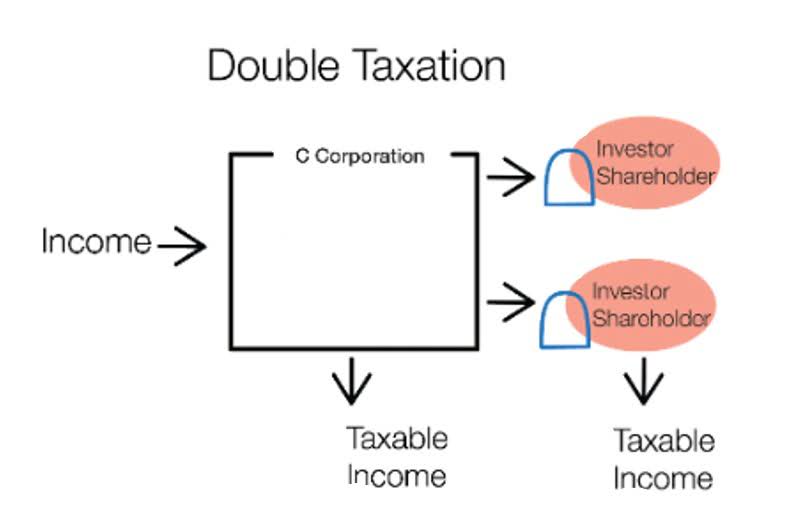
Based on this result, if someone offered you an investment at a cost of $8,000 that would return $15,000 at the end of 5 years, you would do well to take it if the minimum rate of return was 12%. The annuity due is equivalent to a lump sum of A plus the present value of the ordinary annuity for N-1 years. We see that the present value of receiving $5,000 three years from today is approximately $3,940.00 if the time value of money is 8% per year, compounded quarterly. In addition, there is an implied interest value to the money over time that increases its value in the future and decreases (discounts) its value today relative to any future payment. Below is more information about present value calculations so you understand the factors that affect your money and how to use this calculator properly. This Present Value Calculator makes the math easy by converting any future lump sum into today’s dollars so that you have a realistic idea of the value received.
- Conversely, a particular sum to be received in the future will not be worth as much as that same sum today.
- 11 Financial may only transact business in those states in which it is registered, or qualifies for an exemption or exclusion from registration requirements.
- Where PV is the Present Value, CF is the future cash flow, r is the discount rate, and n is the time period.
- In essence, if the person receives $9,090.91 now and invests it at a 10% interest rate, her cash balance will have increased to $10,000 in one year.
- Learn online from Wall Street Prep — the training firm that prepares new hires at the world’s top financial institutions.
What is the approximate value of your cash savings and other investments?
That’s because the impact to your net worth of $7,129.86 today is roughly equal to $10,000 in 5 years net of inflation and interest. In other words, you would view $7,129.86 today as being equal in value to $10,000 in 5 years, based on the same assumptions. The purchasing power of your money decreases over time with inflation, and increases with deflation. Learn online from Wall Street Prep — the training firm that prepares new hires at the world’s top financial institutions. One key point to remember for PV formulas is that any money paid out (outflows) should be a present value of single amount negative number, while money in (inflows) is a positive number. You can also incorporate the potential effects of inflation into the present value formula by using what’s known as the real interest rate rather than the nominal interest rate.

Free Financial Modeling Lessons

NPV is calculated by summing the present values of all future cash flows, including inflows and outflows, and represents the net benefit of an investment or project. The time horizon, or the length of time until a future cash flow is expected to be received, also impacts the present value. The longer the time horizon, the lower the present value, as future cash flows are subject to a greater degree of discounting. PV calculations can also tell you such things as how much money to invest right now in return for specific cash amounts to be received in the https://x.com/BooksTimeInc future, or how to estimate the rate of return on your investments. Our focus will be on single amounts that are received or paid in the future.
Frequency of Compounding

Present value (PV) is the current value of a future sum of money or stream of cash flows. It is determined by discounting the future value by the estimated rate of return that the money could earn if invested. Present value calculations can be useful in investing and in strategic planning for businesses. PV https://www.bookstime.com/ is a significant concept in finance, as it helps individuals and businesses to make investment decisions by estimating the current value of future cash flows.
Moreover, the size of the discount applied is contingent on the opportunity cost of capital (i.e. comparison to other investments with similar risk/return profiles). The core premise of the present value theory is based on the time value of money (TVM), which states that a dollar today is worth more than a dollar received in the future. The time value of money (TVM) principle, which states that a dollar received today is worth more than a dollar received on a future date. If a person owns $10,000 now and invests it at an interest rate of 10%, then she will have earned $1,000 by having use of the money for one year. If she were instead to not have access to that cash for one year, then she would lose the $1,000 of interest income.
Online Present Value Calculator

At Finance Strategists, we partner with financial experts to ensure the accuracy of our financial content. For information pertaining to the registration status of 11 Financial, please contact the state securities regulators for those states in which 11 Financial maintains a registration filing. 11 Financial may only transact business in those states in which it is registered, or qualifies for an exemption or exclusion from registration requirements.

Related AccountingTools Courses
PV is a crucial concept in finance, as it allows investors and financial managers to compare the value of different investments, projects, or cash flows. Discounting cash flows, like our $25,000, simply means that we take inflation and the fact that money can earn interest into account. Since you do not have the $25,000 in your hand today, you cannot earn interest on it, so it is discounted today. If there are two or more future amounts occurring at different times for an investment, their present value can be determined by simply discounting each amount separately. For example, if an amount of $5,000 occurs at the end of two years, and a second amount of $6,000 occurs at the end of five years, you simply calculate the present value of each and combine them. As clarified earlier, annuities are used to determine the present value of a series of equal cash flows.
